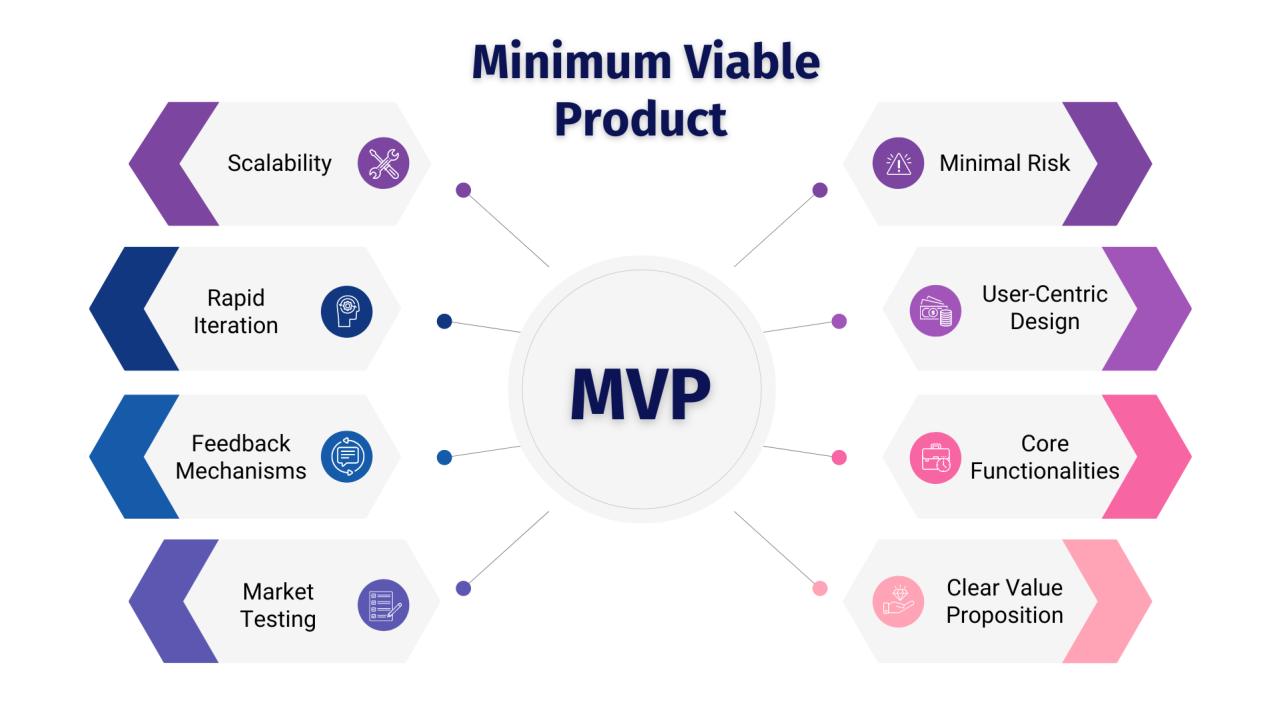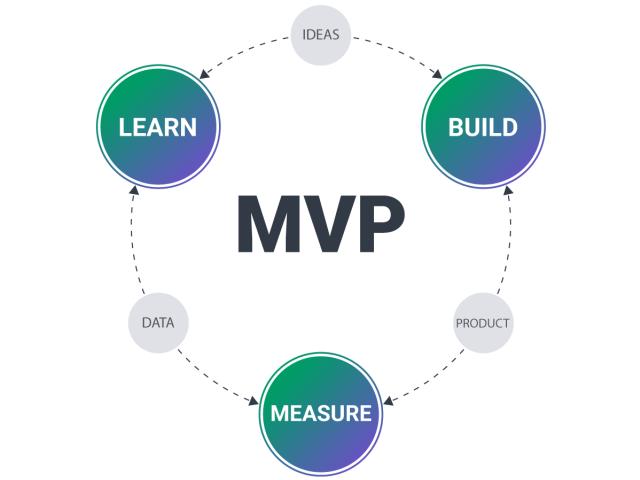Building wealth is not only about earning more, but also about making smart choices with the money already earned. Modern financial markets offer a wide range of products designed to..
Amazon’s Affiliate Program—also known as Amazon Associates—is one of the most accessible ways for startups and content creators to generate passive income. With millions of products to choose from and..
Great products do more than just solve problems—they create experiences. While functionality is essential, it’s often the artistic elements that make a product truly memorable. The relationship between art and..
Bringing a physical product to market is an exciting yet challenging process. Unlike digital products, physical goods require careful planning in design, materials, manufacturing processes, and logistics. Whether you're launching..
The Global Car Care Products Market Report 2025 offers a thorough and data-driven analysis of the Car Care Products Market industry, covering key aspects such as market size, growth drivers,..
The Global Car Care Products Market Report 2025 offers a thorough and data-driven analysis of the Car Care Products Market industry, covering key aspects such as market size, growth drivers,..
The Global Food Intolerance Products Market Report presents an in-depth analysis, merging qualitative and quantitative insights to provide a holistic understanding of the market's dynamics. The report evaluates growth drivers,..
Ajak Medical Store offers the Best Hair Care Products in UAE, including premium shampoos, conditioners, serums, and hair masks designed to nourish, repair, and revitalize your hair. Enriched with natural..
The Global Facial Skincare Products Market Report presents an in-depth analysis, merging qualitative and quantitative insights to provide a holistic understanding of the market's dynamics. The report evaluates growth drivers,..
The Global Cat Litter Products Market Report 2025 offers a thorough and data-driven analysis of the Cat Litter Products Market industry, covering key aspects such as market size, growth drivers,..
Launching a startup is an thrilling endeavor, but it's also fraught with challenges. Many aspiring entrepreneurs underestimate the difficulties they'll face, leading to early setbacks or even failure. However, by..
Launching a startup is an exciting yet challenging journey. One of the most effective strategies for developing a successful product while minimizing risks is adopting the Minimum Viable Product (MVP)..
Launching a startup is a thrilling journey, but it requires careful planning and investment. Before you dive into your new venture, it's essential to validate your startup idea to ensure..
The Lean Startup methodology, pioneered by Eric Ries, has revolutionized how new ventures approach the process of building businesses. At its core, Lean Startup is about creating more value with..
IntroductionThe ride-hailing market continues to grow, driven by passengers seeking fast, convenient, and reliable transportation. Startups entering this sector must act quickly to secure a foothold. Developing a full-featured taxi..
Building an MVP App (Minimum Viable Product) app is all about launching a simplified version of your product with just enough features to satisfy early users and validate your idea...
When we launched GreetsU, we weren’t aiming to build the next unicorn. We wanted to test a simple hypothesis:
Can a small, emotionally resonant product find repeat usage, virality, and..
Offering MVP Development services and teams to create quick yet powerful MVPs of your digital idea. Build your investor and user-ready MVPs with Agicent!An MVP is more than just a..













